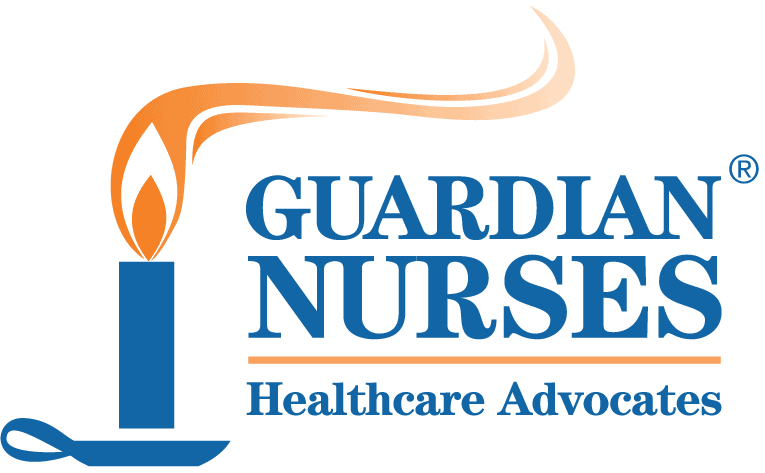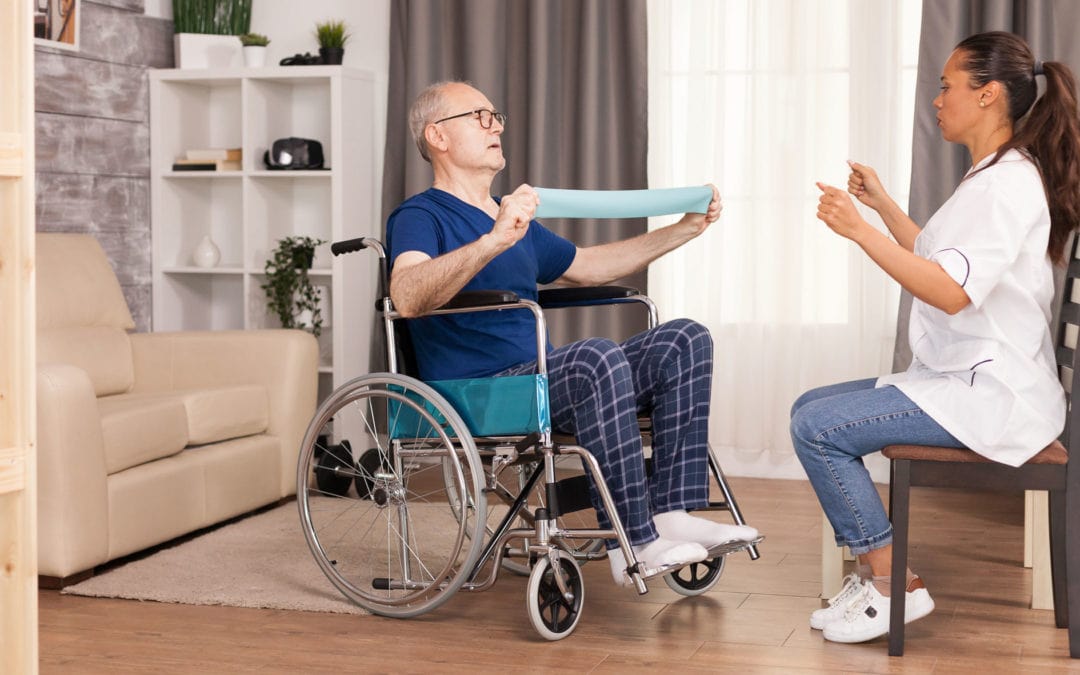With so much—SO much—going on in our world of late, it feels like I could write on a plethora of subjects. But then, just this past Sunday, I read an article in the New York Times on the increasing frequency of medicating nursing home patients with anti-psychotic medication.
Even before the devastation that COVID19 brought, nursing homes have always had staffing challenges which impacts the quality of care, but the Times report’s evidence proved that as more patients are admitted with dementia, the use of drugs like Seroquel, Zyprexa and Abilify has increased. (The term ‘chemical straitjacket’ was coined in a 1975 Congressional study on Drugs in Nursing Homes, Misuse, High Cost and Kickbacks.)
For years, our patients and families have sought Guardian Nurses’ counsel on which skilled nursing facility (SNF) to choose for their loved one. Many have told us, “This one got a 5 star rating on CMS” and each time, we caution them that the ratings may not accurately reflect the current quality of care in that facility.
In this issue of The Flame, we provide a little history of how that ratings system came about. The bottom line? Regardless of the rating listed on the CMS website, you need to do your homework and continue to monitor your loved one’s care during their stay.
— Betty Long, RN, MHA, President/CEO, Guardian Nurses Health Advocates
Let the Patient- and Family – Beware
In 2008, the U.S. government introduced a powerful new tool to help people make a wrenching decision: which nursing home to choose for loved ones at their most vulnerable.
Using a simple star rating — one being the worst, five the best — the system promised to distill reams of information and transform an emotional process into one based on objective, government-blessed metrics.The star system quickly became universal, a popular way for consumers to educate themselves and for nursing homes to attract new customers. During the coronavirus pandemic, with many locked-down homes unavailable for prospective residents or their families to see firsthand, the ratings seemed indispensable.
Despite years of warnings, the system provided a badly distorted picture of the quality of care at the nation’s nursing homes. Many relied on sleight-of-hand maneuvers to improve their ratings and hide shortcomings that contributed to the damage when the pandemic struck. The Center for Medicare & Medicaid Services (CMS) reported that 25% of COVID-19 deaths in the U.S. have been nursing home residents.
The ratings’ program, run by CMS, relies on a mix of self-reported data from more than 15,000 nursing homes and on-site examinations by state health inspectors. Note that it is self-reported data. Nursing homes receive numerical scores based on how they fare in those inspections; how much time nurses spend with residents; and the quality of care that residents receive. Those three grades are then combined into an overarching star rating for each nursing home.
Unaudited Data
Prior to the star system’s introduction, the only way to evaluate nursing homes was a system called Nursing Home Compare. It included tables of statistics about each nursing home, but sadly, it was difficult to decipher so consumers largely ignored the information.
At the same time, private equity firms were buying many nursing homes, and lawmakers worried that the quality of care would deteriorate. (Today, for-profit companies own about 70 percent of all U.S. nursing homes.)
The new star system transformed hard-to-digest information on resident safety, staffing and dozens of other metrics into simple star ratings.
The rating starts with the grade from the in-person inspections and then awards bonus points for facilities that score well on the other two ratings: for staffing and their quality of care. The staffing score reflects the number of hours that employees spend with patients. The quality-of-care rating incorporates 15 metrics — such as residents’ wounds and medications — drawn from what are essentially medical report cards for every resident.
CMS now posts each nursing home’s overall star rating, and its ratings for inspections, staffing and quality of care, on a website called Care Compare.
When the system was first rolled out, elder-care groups applauded it for providing an easy-to-understand look inside nursing homes. As it gained popularity, it became a powerful determinant of fortunes in an industry with thin profit margins.
In a New York Times analysis of nursing homes’ financial statements, five-star facilities earned about $2,000 in profits per bed in 2019. Those with three or four stars earned about $1,000 per bed. Poorly rated homes were typically not profitable.
But within months of the star system’s launch, members of a Medicare advisory board cautioned federal officials that nursing homes were incentivized to fudge their numbers, according to board members and former regulators. Board members called for more auditing of the self-reported data.
Audits, however, remain rare, according to former government officials, congressional aides, nursing home executives and elder-care advocates who meet regularly with CMS officials.
In one story, a nursing home whose staffing had received a 1 star began to include nurses who were on vacation or those employees who were nurses but who worked at another location. Their staffing score amazingly bumped up to 4 in the next report.
Families who are looking for a ‘good facility’ for their loved one need to do more than simply refer to the star system rating. It may be helpful to identify nearby facilities but if you have the luxury of time, you should always make an in-person visit to any facility you are considering having a loved one in. Ask lots of questions and know, too, that you should continue to visit and continue to ask questions throughout their stay.


Betty, thanks for this important article. I find the same thing here in South Florida. When looking for changes in living arrangement for people, I tell people to go and look at the facilities themselves. Go at off times and determine how the facility/home looks to you. Talk to the other residents and the staff. She how their attitudes are. I have found using a housing specialist is also a good resources for people as well as advocates. Star ratings are a start but they need to be also used with onsite visits before a determination is made. Also once a person is placed, visit often and to make sure the loved one is adapting. It is a challenge.
Thanks, Anne. Always appreciate your feedback!